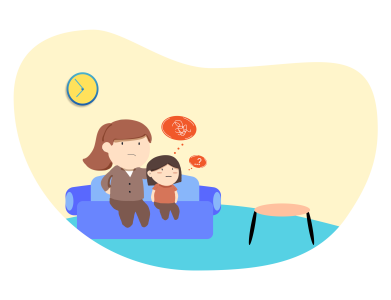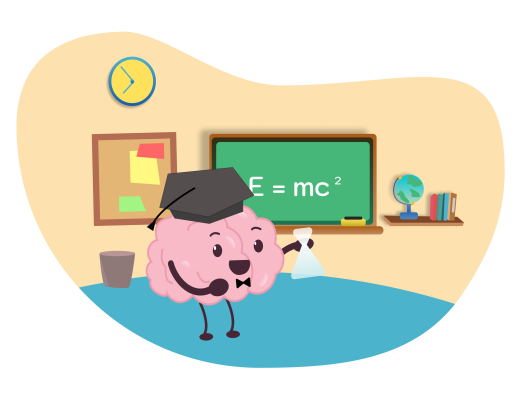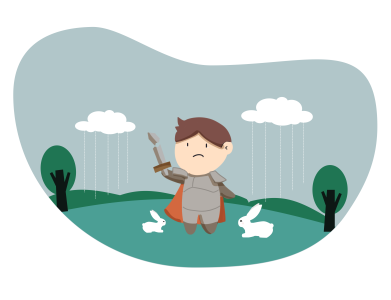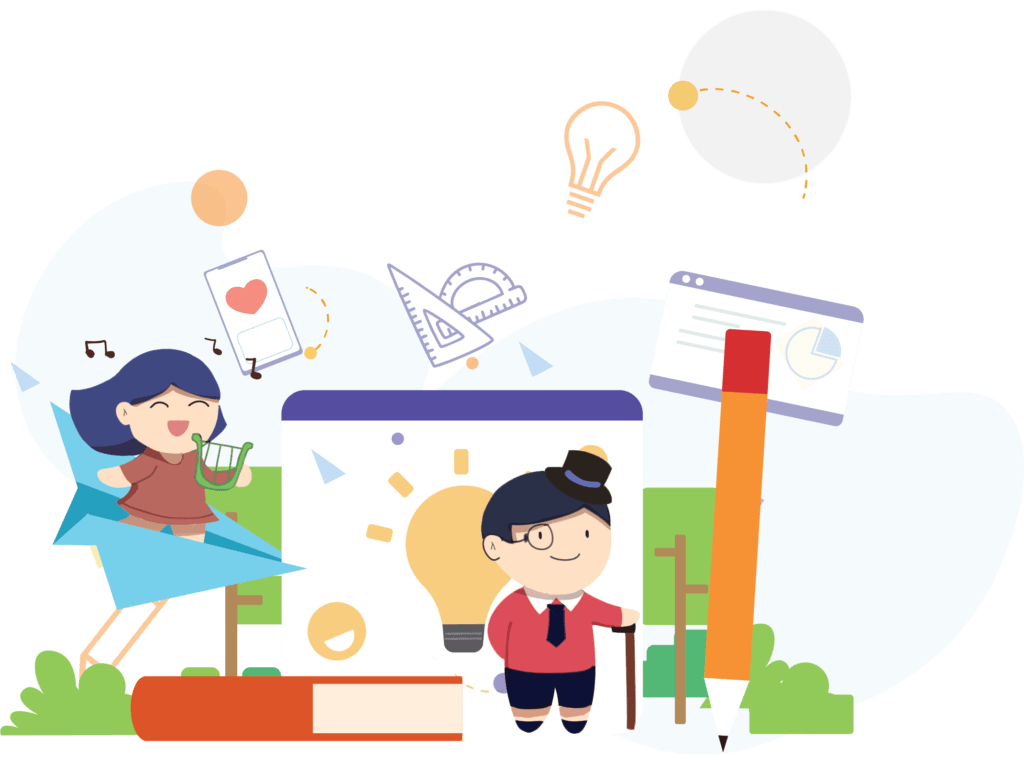Using metacognitive questions with students is a great way to foster the growth of their analytical reasoning skills.
When teaching children how to think critically, teachers should emphasize the importance of metacognition. Creativity, planning, and problem-solving skills can all benefit from pupils learning to reflect critically on their own cognitive processes. Studying metacognition will equip you to implement the strategy in your own classroom.
What is Metacognition?
Metacognition is the capability of understanding one’s own cognitive processes. It inspires people to take stock of and critically examine their own thought processes in the interest of growth and development.
Effective use of metacognition enhances one’s strategic thinking, allowing them to reason their way through any problem. It is common for people to go through three distinct phases when thinking about their own metacognition. The following are the steps in the process of metacognition:
The planning phase is when a person first encounters a challenge and formulates a strategy for how best to overcome it. Being conscious of your planning process can help you better strategize about an opportunity or problem by uncovering factors you normally neglect.
The next step is Monitoring. It is the awareness of how one’s present actions will impact future outcomes. For instance, once you’ve developed and implemented a strategy for resolving a problem, knowing how you’re keeping tabs on your progress toward your goals can make you more aware of your accomplishments and the places where you can make adjustments.
The last step of metacognition is reflection. At this point, you evaluate your past problem-solving methods and determine how you can make your future planning and monitoring more efficient.
Why are Metacognitive Questions Important for Students?

The use of Metacognitive Questions is crucial because they prompt people to evaluate their own ways of thinking. When faced with a problem or challenge, one strategy is to ask oneself metacognition questions to figure out how to go about solving it.
They can use these questions to think about how to evaluate a task, create a strategy, and keep tabs on their progress. After completing a project, students can utilize these critical and reflective questions to evaluate their strategies and make improvements.
Metacognitive Questions
In order to help students develop the metacognitive skills they’ll need to analyze and make sense of new information on their own, here’s a list of five metacognitive questions they can use to do so.
1. What stands out to me? To what do I pay close attention?
These questions encourage students to actively participate when they are presented with a new challenge or activity. These questions prompt them to make an assessment of what’s going on, observe what they’ve seen, and give voice to their conclusions. Students can calm down and take in more information when they analyze a situation or task before moving on.
With this data in hand, they will be able to gain a deeper understanding of the situation and make better decisions. When students think about their own experiences, they gain confidence in their own ability to think critically about a situation.
2. Which parts of this problem or situation do I not yet know? Which parts are familiar or do I already know?
In order to assist students reflect on their existing understanding of a subject, you can instruct them to ask the following questions. It can be difficult for students to determine what information they already possess and what they still need to learn about a new issue before they can make wise decisions about it. By posing such questions, they can both better understand the situation at hand and fill in any knowledge gaps they might have.
3. How can I relate this to the information I already know?
It is possible to teach a student to ask this question in order to help them contextualize new information within their existing body of knowledge. This is a fantastic question to pose to students when presenting new material. Not only does it help them retain what they already know by prompting them to think about it, but it can also improve their understanding of new material by revealing patterns and associations.
Students may find new information more easily accessible if it is related to previously learned material. Also, it can help them feel more comfortable with the new material if they can see how it connects to what they already know.
4. What am I confused about? What questions do I have?
These questions encourage learners to examine their own experiences of misunderstanding. Students can learn when they need to ask questions by making the connection between their own feelings of confusion and their own desire to learn more. In addition, students could have an easier time coming up with good questions if they could identify the specifics of the information that makes them confused.
For instance, when students feel lost, they can practice asking themselves these questions. So, they can use this information to guide their own thinking toward asking the right questions that will also lead to the results they want.
5. What makes this idea important?
Students are more likely to retain and apply knowledge if they recognize its value. They might care more about their education if they were able to decide for themselves how important the things they were learning were.
Students are more likely to see the value of their education when they are able to articulate the significance of what they are learning. They may also be able to pick out data that isn’t pertinent to problem-solving. When trying to come to a reasonable conclusion, it can be helpful for students to first pick out irrelevant details.
In sum
The development of self-directed learners is a primary focus for many educators, so many schools emphasize teaching students metacognitive skills that will encourage them to reflect on their own learning. A very important part of education is teaching students how to use new information to see how it adds to, builds on, or fills in gaps in what they already know.







